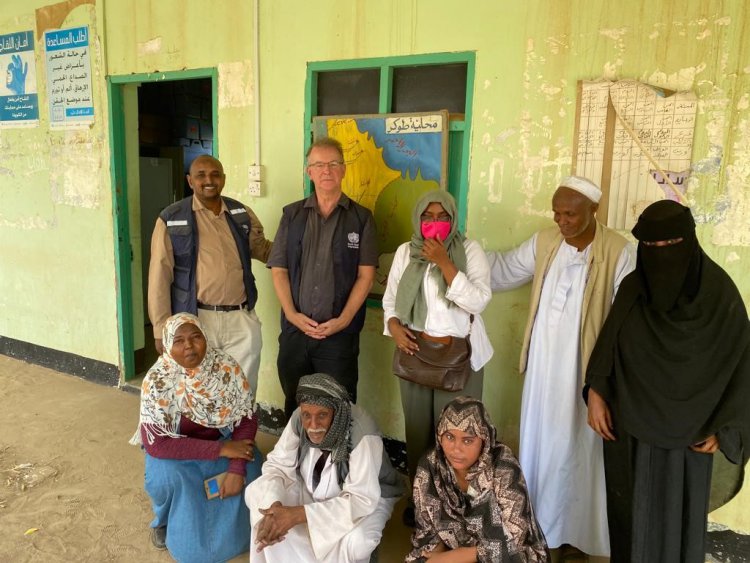
25 September 2022 – It takes more than a town crier reading off a scroll to close a polio outbreak in any country. Rather, it takes multi-disciplinary teams of experts wading through country-level data from polio eradication programmes – often more than once. They scrutinize evidence, crunch numbers to analyse information, and interview health workers, polio teams and high-level authorities, among other activities, before arriving at a conclusion.
Sudan’s circulating vaccine-derived poliovirus (cVDPV) type 2 outbreak began with the importation of the virus from neighbouring Chad. Confirmed in August 2020, the outbreak affected and paralyzed 58 children in 42 districts of 15 states. Additionally, 14 sewage samples in Khartoum tested positive for cVDPV2, indicating circulation there.
In mounting a robust response to the outbreak, Sudan conducted 2 high-quality nationwide campaigns delivering monovalent oral polio vaccine type 2 (mOPV2) to children in all 18 states and 184 localities in November 2020 and January 2021. Each round, supported by the World Health Organization (WHO), UNICEF and other partners, vaccinated more than 8 million children aged under 5.
On 7 October 2021, a virtual technical assessment mission kicked off the process of analysing the absence of polioviruses across Sudan. Members of the assessment group shared recommendations with Sudan’s polio eradication team to ramp up their efforts across the country.
Then, from 24 July to 1 August 2022, an official outbreak response assessment team undertook a second phase of this detailed task, visiting Khartoum and 6 of Sudan’s 18 states as part of its work.
Both review teams comprised experts from WHO and the United Nations Children’s Fund (UNICEF) with skills and experience in global public health, epidemiology and biostatistics, surveillance, vaccine management and communication. They worked closely with the Federal Ministry of Health of Sudan, with state-level ministry staff and with health workers at ground level.